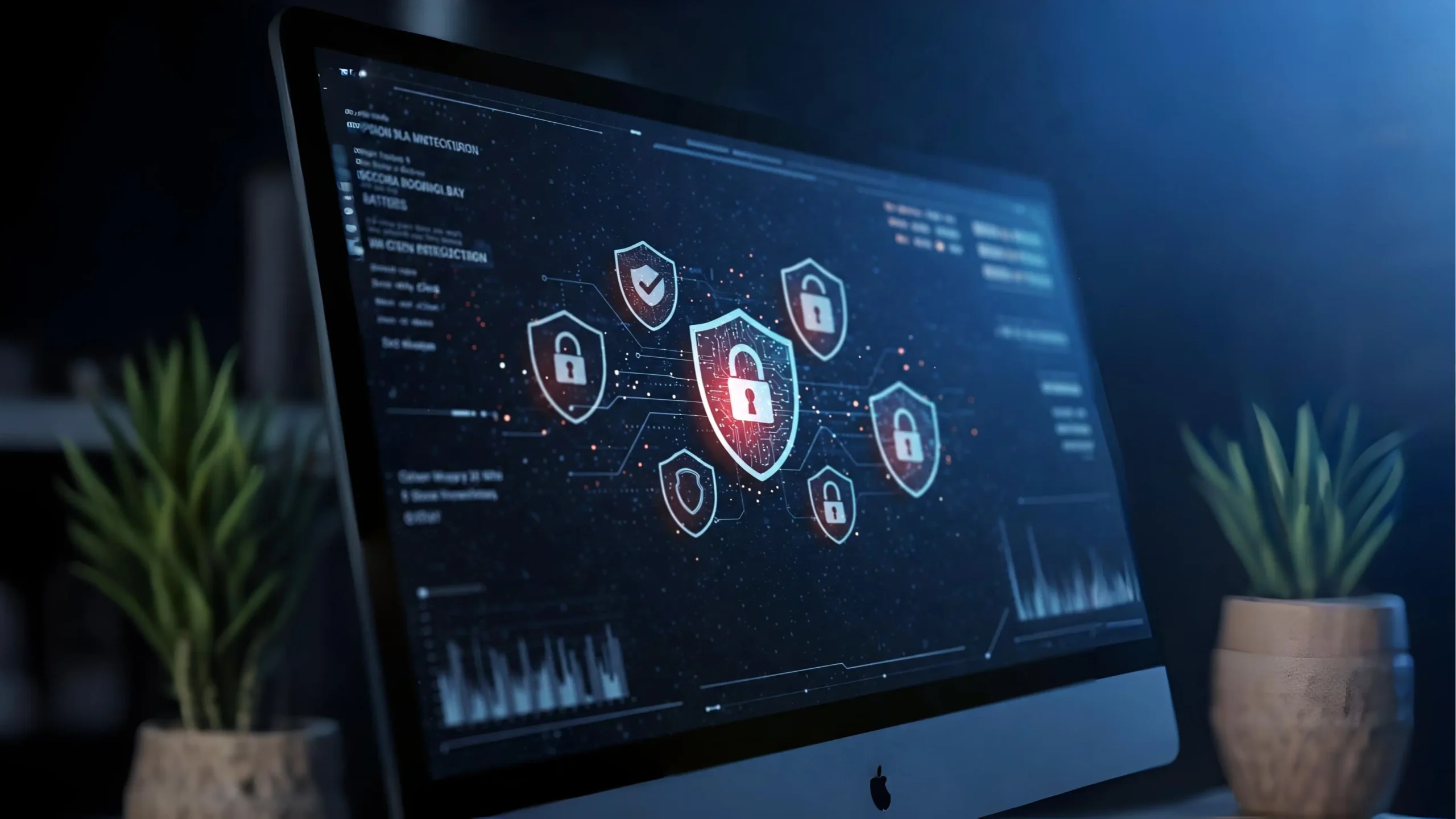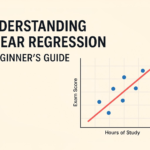Physical Address
304 North Cardinal St.
Dorchester Center, MA 02124

Discover essential data protection strategies for 2025: AI-driven security, compliance guidance, and top solutions to safeguard your critical digital assets.
Data protection has become the cornerstone of modern digital security strategy. As organizations and individuals generate unprecedented volumes of sensitive information, the need to preserve, secure, and properly manage this data has never been more critical. In today’s landscape of sophisticated cyber threats and stringent privacy regulations, understanding effective data protection measures isn’t just good practice—it’s essential for survival.
Table of Contents
ToggleData protection encompasses all the strategies, technologies, and practices designed to safeguard information from damage, loss, or corruption. It ensures data remains available through proper backup systems, recovery protocols, and governance frameworks.
Unlike data privacy, which controls who can access information, and security, which defends against external threats, data protection specifically focuses on preserving data availability and integrity regardless of circumstances.
Why should you care? Because data is the lifeblood of modern business and personal life. When data is compromised, the consequences can be devastating:
The General Data Protection Regulation (GDPR) has established the gold standard for data protection globally. Even if you’re not in Europe, understanding these principles provides a solid foundation for best practices:
I’ve worked with numerous organizations struggling to implement these principles, and the most successful ones build them directly into their data management architecture rather than treating them as afterthoughts.
The technology landscape for data protection has evolved dramatically. Here are the critical tools shaping protection strategies today:
Modern backup solutions have become sophisticated defense mechanisms against threats like ransomware. They now incorporate:
The Rubrik-Google Exploit Database partnership represents a significant advancement in this space, offering enterprises early detection capabilities for emerging threats.
Encryption remains the bedrock of data protection. Today’s solutions offer:
As one cybersecurity expert told me recently, “Encryption isn’t just a technical control anymore—it’s becoming the primary language of data governance.”
Artificial intelligence has revolutionized how we approach data protection:
| AI Capability | Function | Benefit |
|---|---|---|
| Behavioral analysis | Monitors typical data access patterns | Identifies anomalous activities before damage occurs |
| Automated policy enforcement | Applies protection rules based on content | Reduces human error in classification |
| Predictive threat intelligence | Forecasts potential vulnerabilities | Enables proactive protection measures |
| Natural language processing | Identifies sensitive content in unstructured data | Extends protection to previously difficult formats |
The Velotix AI Data Security Platform demonstrates the power of AI in automating governance and policy enforcement across complex hybrid environments.
Effective data protection requires thoughtful management throughout the entire data lifecycle. This approach governs how information is classified, stored, retained, and eventually destroyed.
The lifecycle typically includes:
I’ve found that organizations that struggle most with data protection often lack clear policies for the final stage—secure destruction. As one CISO told me, “We spend millions protecting data during its useful life but forget the importance of its dignified death.”
Regulatory compliance has become inseparable from data protection. Beyond GDPR, several frameworks influence protection strategies:
The penalties for non-compliance can be severe. For instance, GDPR violations can result in fines up to €20 million or 4% of global annual revenue, whichever is higher. The Osano resource center provides excellent guidance on navigating these requirements.
Several key trends are reshaping data protection as we move into 2025:
With more critical business functions moving to cloud-based Software-as-a-Service (SaaS) platforms, specialized backup solutions for these environments have become essential. Microsoft 365, Salesforce, and other major platforms now have dedicated protection tools to ensure business continuity.
The line between backup/recovery and security has blurred significantly. Modern solutions now integrate:
AI and machine learning have evolved from helpful additions to central components of data protection:
As one data scientist explained to me, “The volume and velocity of data have outpaced human capacity to protect it manually. Machine learning isn’t just an advantage now—it’s a necessity.”
Despite technological advances, organizations still face significant challenges:
Based on industry analysis and expert reviews, these solutions stand out in today’s market:
For organizations prioritizing AI-driven protection, the Velotix platform offers impressive capabilities in automated governance and policy enforcement.
Data protection has evolved from a technical IT function to a critical business imperative. The organizations that thrive in today’s digital landscape will be those that view protection not as a compliance checkbox but as a strategic advantage—preserving their most valuable asset while building trust with customers and partners.
As we move further into 2025, the integration of AI, machine learning, and automated response capabilities will continue to transform how we protect our digital assets. Those who embrace these technologies while maintaining focus on fundamental principles like encryption, lifecycle management, and proper backups will be best positioned for success.

Subscribe to our weekly newsletter below and never miss the latest product or an exclusive offer.




